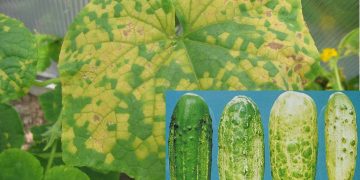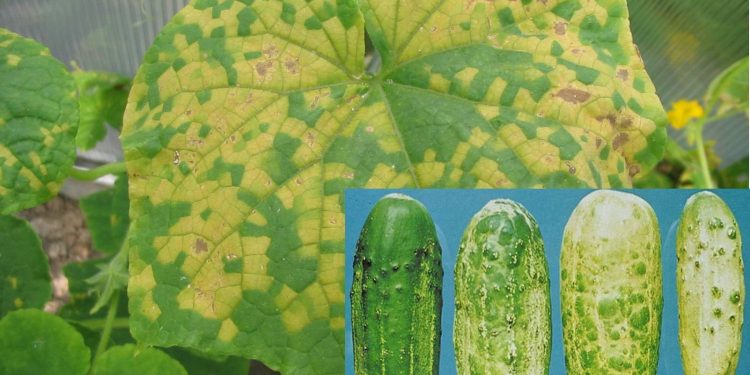#PlantVirusManagement #CMVPrevention #HealthyCropYields #VirusControl #ResistantPlantVarieties
Cucumber mosaic virus (CMV) is a plant virus that can infect a wide range of crops, including cucumbers, tomatoes, peppers, and many others. It is considered one of the most devastating plant viruses due to its ability to cause significant yield losses and reduce the quality of crops. In this article, we will explore the symptoms of CMV, how it spreads, and what measures can be taken to prevent and treat it.
Symptoms of CMV can vary depending on the plant species and the severity of the infection. In general, infected plants may exhibit stunted growth, mottled leaves, yellowing, and reduced yields. The virus is transmitted through several methods, including aphids, seed transmission, and contaminated tools. Once a plant is infected, it cannot be cured, and the virus can persist in the soil for several years.
Prevention is the most effective way to manage CMV. Growers can take several steps to reduce the risk of infection, such as using virus-free seed, controlling aphid populations, and practicing good sanitation practices. Additionally, selecting resistant plant varieties can help reduce the impact of the virus on crop yields.
Treatment options for CMV are limited. There are no chemical treatments available to cure the virus, and removing infected plants is often the best course of action. However, it is essential to ensure proper disposal of infected plant material to prevent the virus from spreading further.
Understanding the symptoms, prevention, and treatment of CMV is crucial for maintaining healthy crop yields. By implementing effective management practices, growers can reduce the impact of this devastating virus on their crops.
































